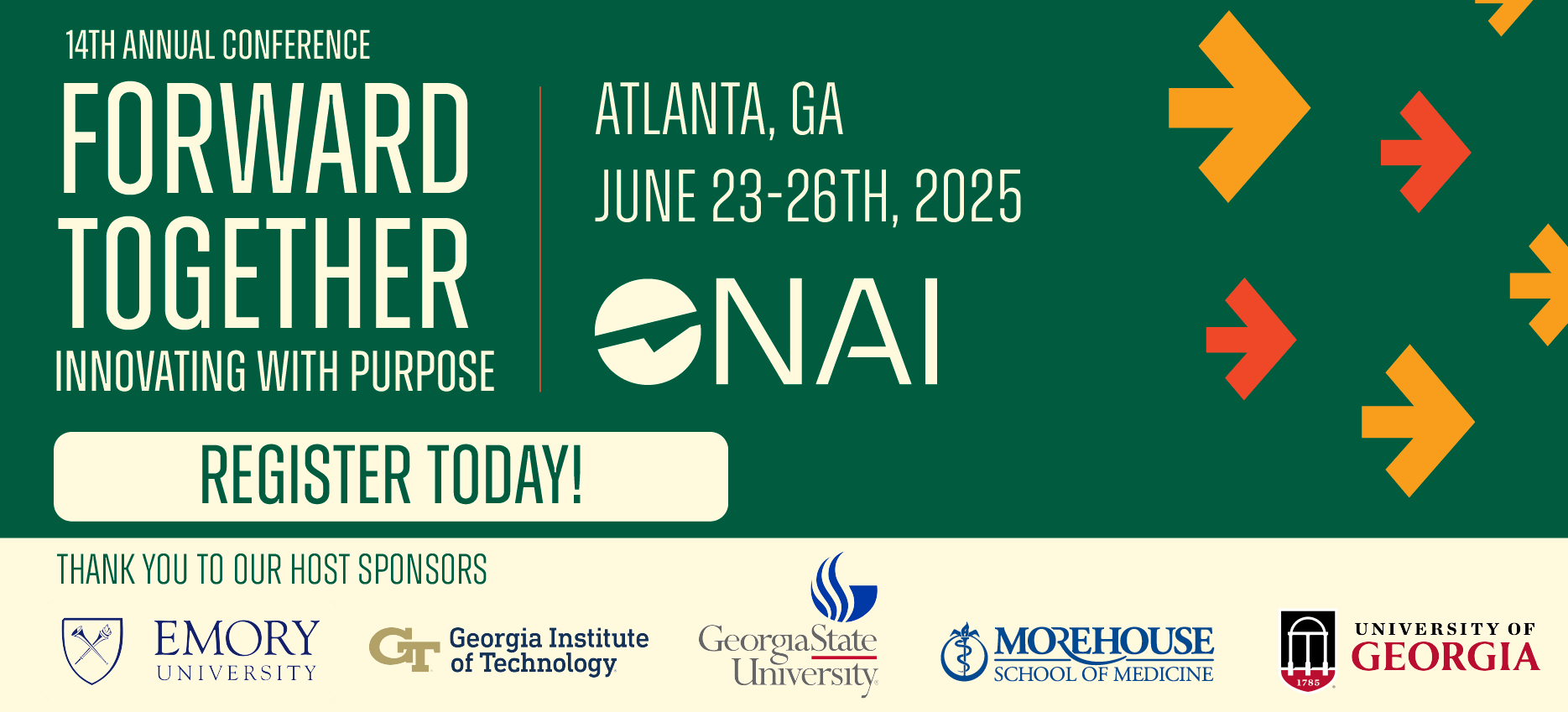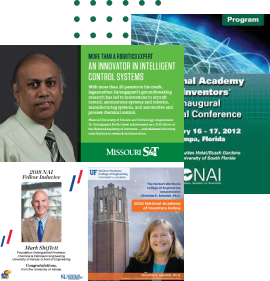The National Academy of Inventors (NAI) is thrilled to begin the countdown for their 14th Annual Conference taking place this month on June 23-26th at the Loews Hotel in Midtown Atlanta, Georgia.
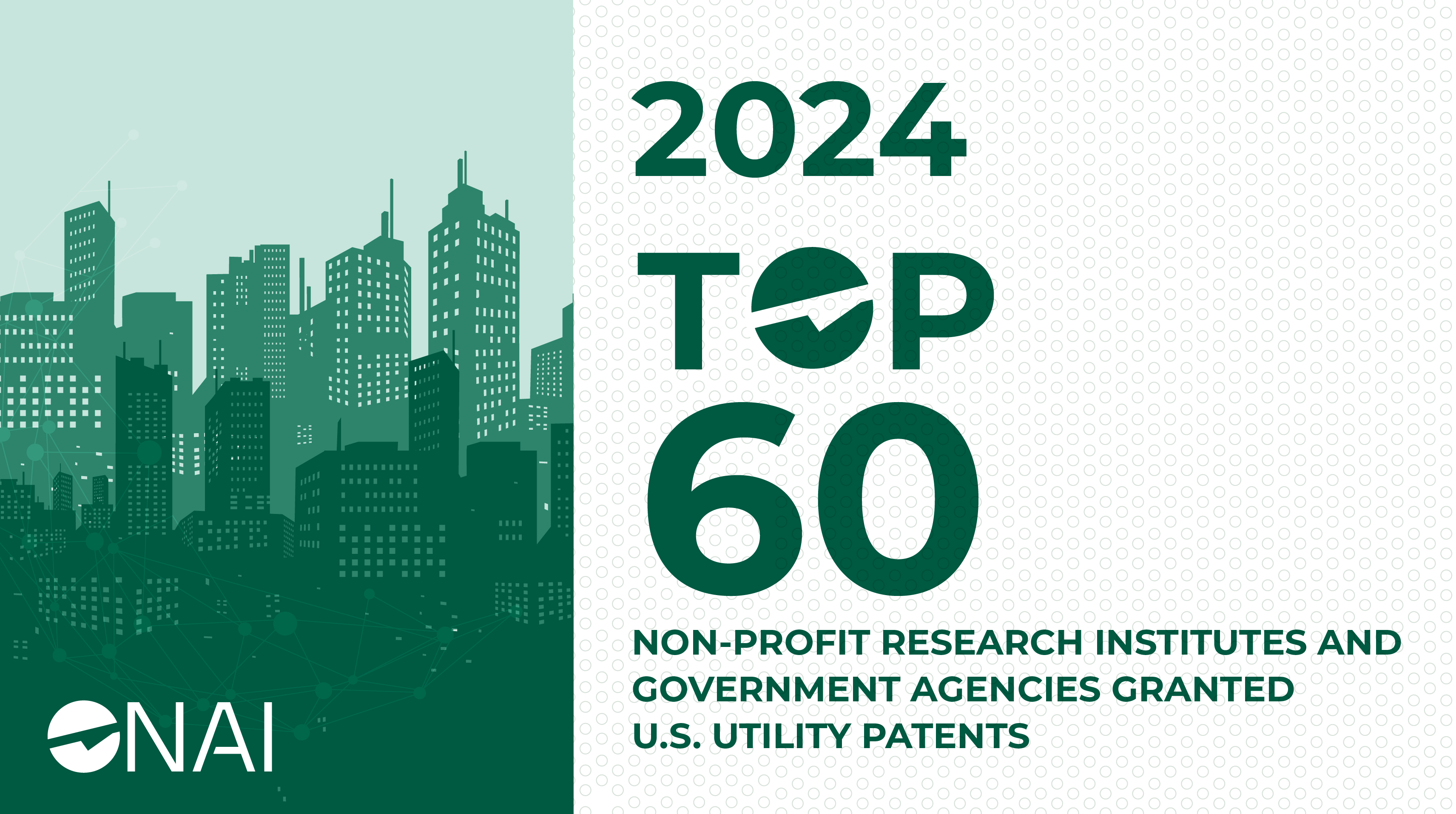
NAI Announces 2024 Top 60 Non-Profit Institutions and Government Agencies
The National Academy of Inventors (NAI) is proud to announce the release of this 2024 Top 60 Non-Profit Research Institutions and Government Agencies List. This prestigious ranking, released annually, underscores the pivotal role that non-profit research institutions and government agencies play in advancing innovation that drives significant societal and economic benefits worldwide. See the full list here.
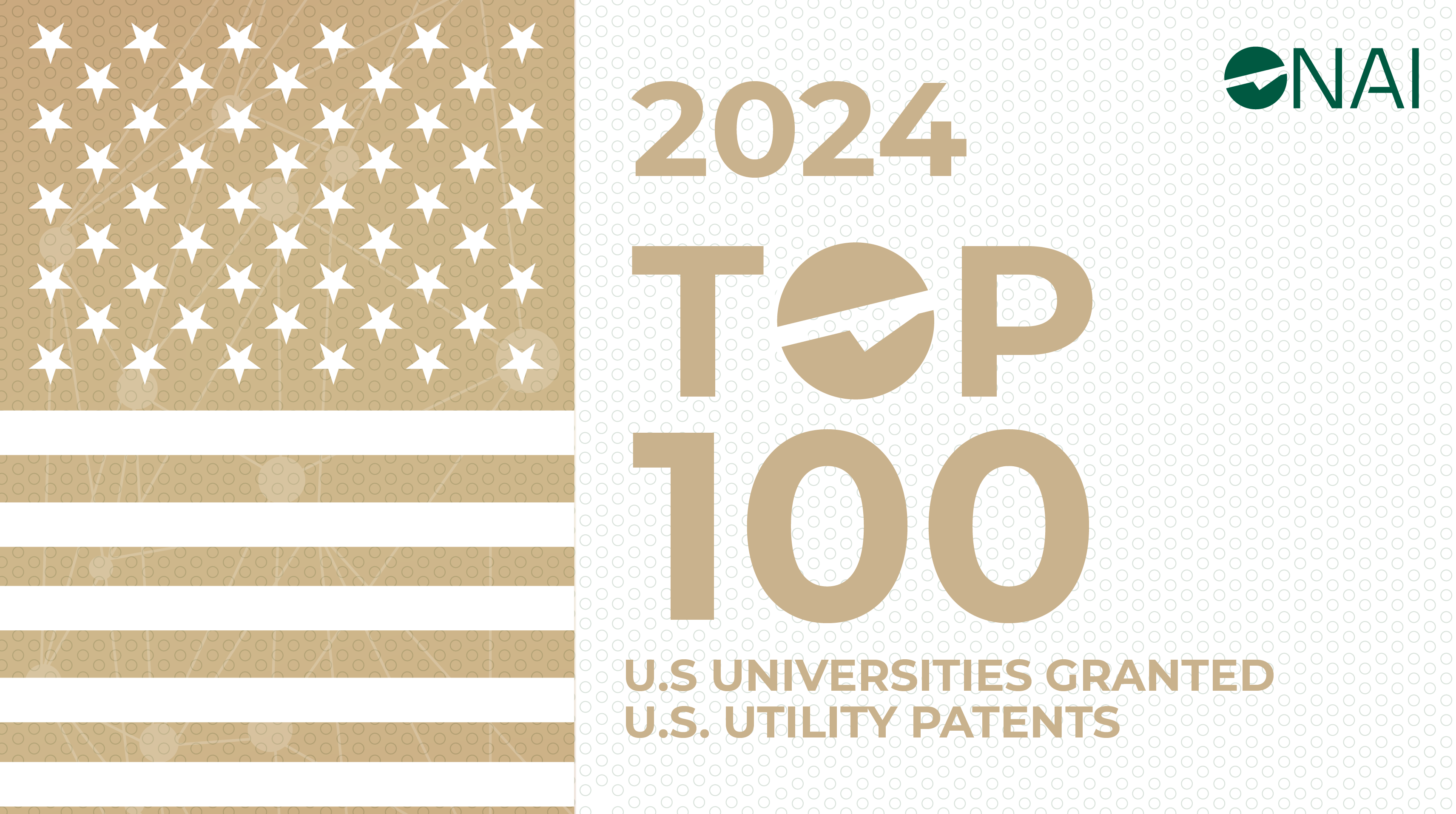
2024 Top 100 US Universities Announced by the National Academy of Inventors
The National Academy of Inventors (NAI) released the 2024 Top 100 U.S. Universities Granted U.S. Utility Patents List today. Released annually, the Top 100 U.S. Universities ranking highlights and celebrates U.S. academic institutions that play a large role in advancing innovation through the critical step of securing their intellectual property through patents.
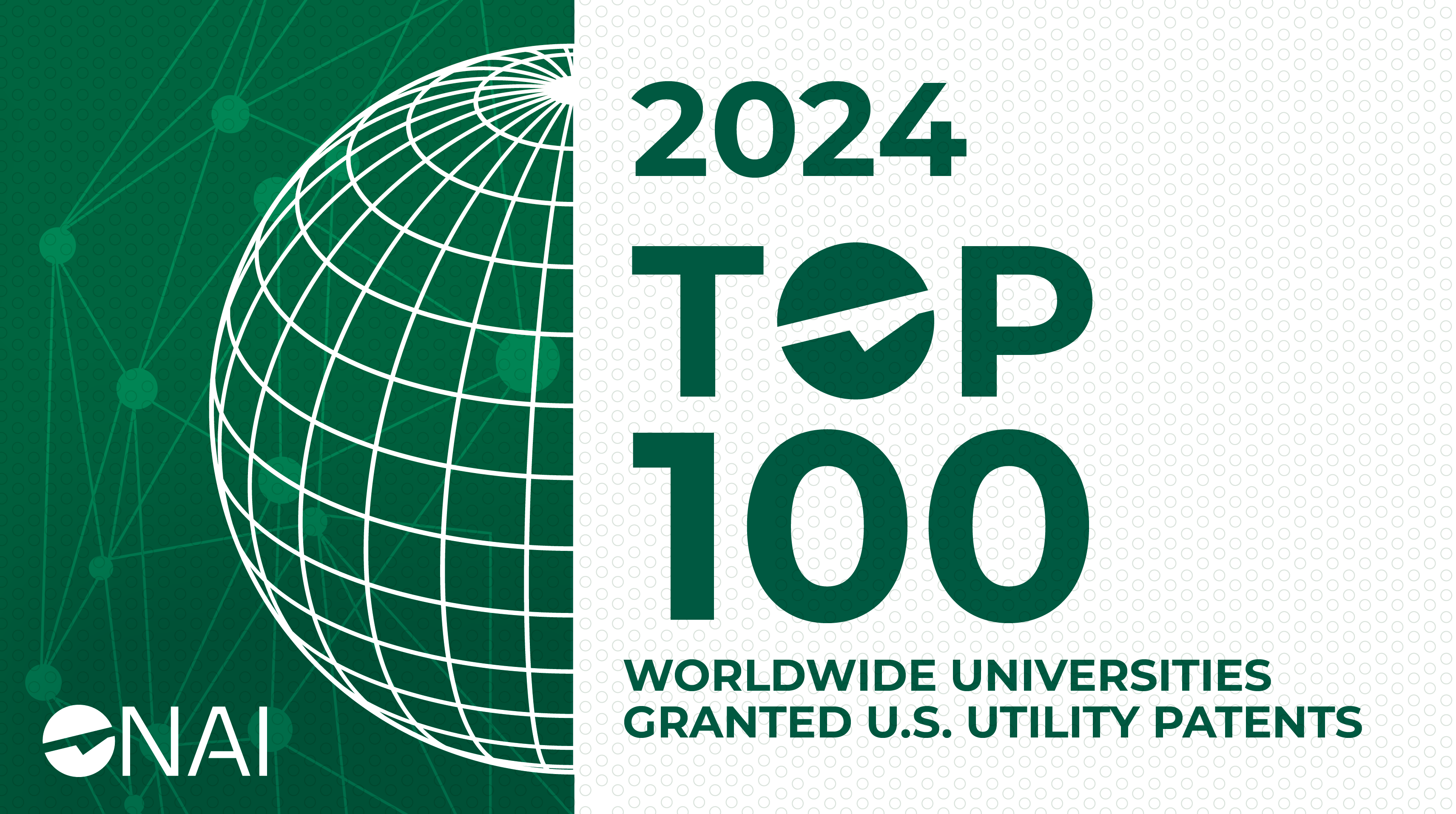
2024 Top 100 Worldwide Universities Announced by the National Academy of Inventors
The National Academy of Inventors (NAI) has released the 2024 Top 100 Worldwide Universities Granted U.S. Utility Patents List. Released annually by the Academy since 2013, the Top 100 Worldwide Universities List ranks the top universities holding U.S. utility patents to highlight the important research and innovation taking place within academic institutions.
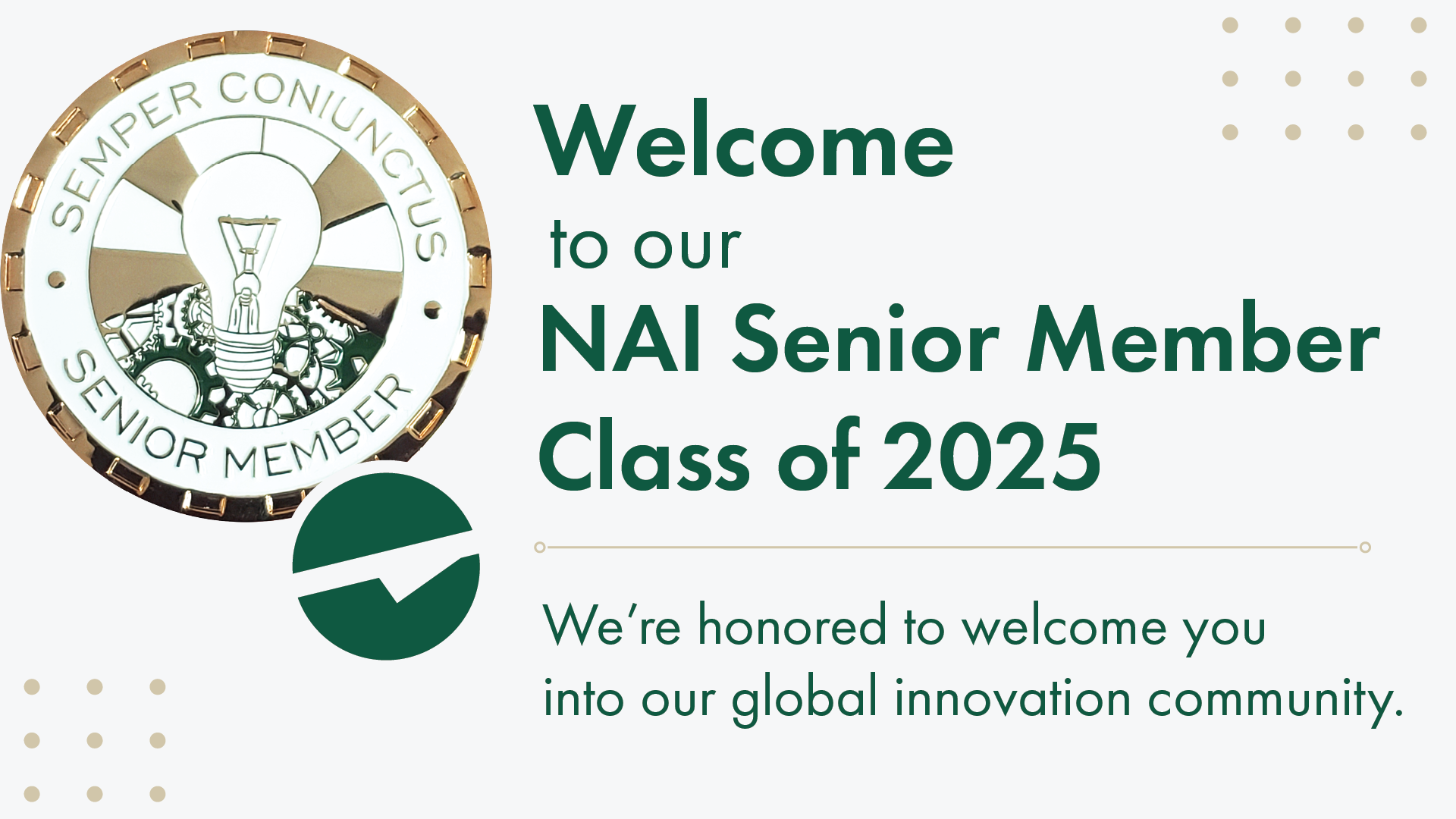
NAI Welcomes 162 Emerging Inventors
The National Academy of Inventors (NAI) has announced the 2025 class of Senior Members, comprised of 162 emerging inventors from NAI’s Member Institutions. This year’s class of NAI Senior Members is the largest to date and hails from 64 NAI Member Institutions across the nation.

NAI Partners with PMU to Recognize Three Exceptional Innovators
The National Academy of Inventors (NAI) is proud to announce the recipients of the inaugural Prince Mohammad bin Fahd University (PMU)-National Academy of Inventors International Patent Award. This year’s recipients will be honored at a special ceremony on December 12th, 2024 at PMU’s campus in Al-Khobar, Kingdom of Saudi Arabia.
